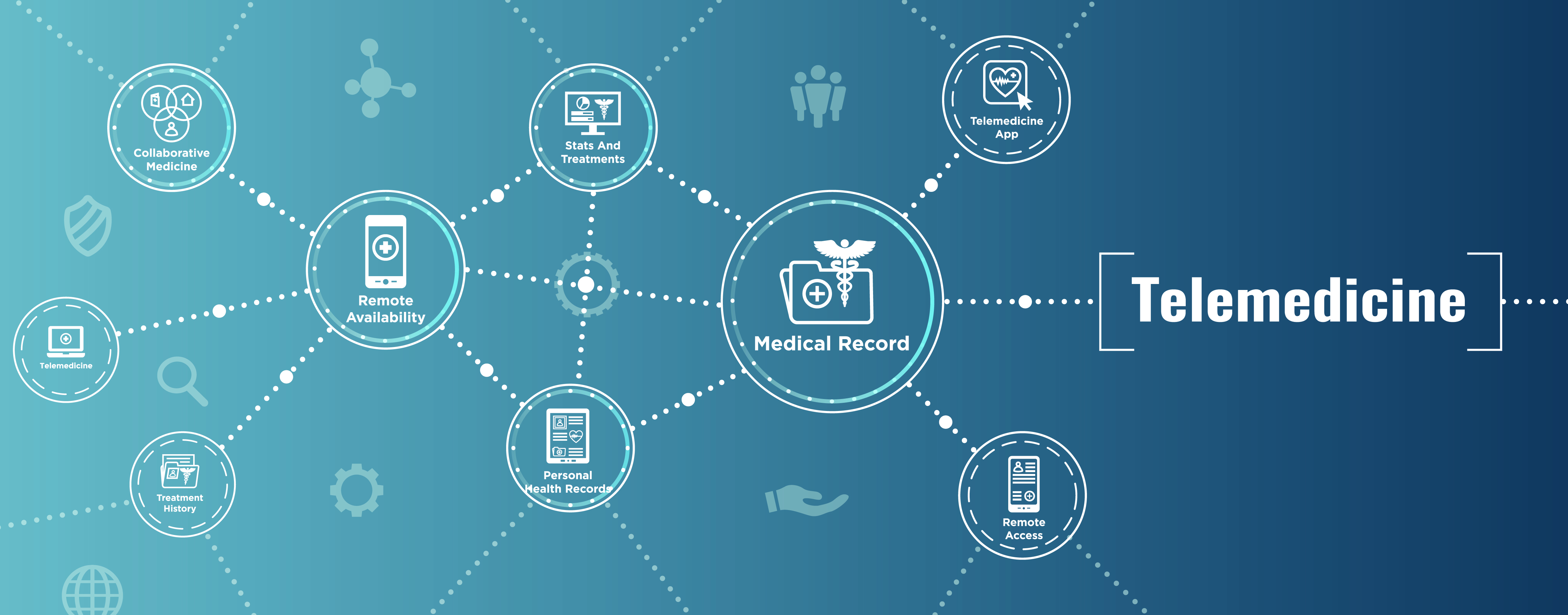
Respiratory therapists who work in home care generally log many, many miles on their vehicles each week. But what if they could reach their home care patients without actually traveling to their homes?

Thanks to a new telehealth program implemented by Minnesota-based Pediatric Home Service, that’s become the case for Jill Anderson, RRT, RRT-NPS, RPSGT. For some patients, her follow-up oxygen visits have gone from a six-hour round trip to a half hour in front of a video screen.
Zooming in
Anderson connects with her patients and their families using an app called “ZOOM.” She can see them on her device screen, they can see her on theirs, and conversations ensue in real time.
“The oxygen follow-up visits performed via telemedicine are basically the same as we would do in the home,” Anderson said.
She asks the child’s caregivers to show her the ‘oxygen in use’ sign, has them demonstrate proficiency in the use of their equipment, including concentrators, tanks, and regulators, and has them perform verification on aspects of the equipment like alarms.
If oximeters are in use, those are checked as well, and she updates changes in patient demographics, vital statistics, and medications. She also goes over any supplies necessary for the child’s care.
“We are able to see all of this with either a smartphone, iPad, or laptop,” Anderson said.
The Pediatric Home Service IT department provided her with the hands-on training she needed to become comfortable with the technology and made sure she was well versed in navigating the app and connecting with the families.
A few limitations
Patients and families have been welcoming to the idea of receiving care via telehealth and seem to enjoy the convenience that it affords, but Anderson emphasizes there are some limitations to its use in this setting.
“The ZOOM app, at this time, only allows two people to be on the call, so we are unable to use telemedicine if we need a translator,” she said.
Connectivity can be an issue as well. In some cases, the family doesn’t have WIFI or a good enough signal strength to make the process run smoothly.
Anderson says some patients and families require more services than the telehealth concept can deliver.
“A few patients and families need extensive hands-on and in-person training to be proficient in the use of the medical equipment, and this excludes them from the telemed option,” she said.
Kid-approved
That said, however, she believes telehealth is a great addition to pediatric home care and she urges other home care providers to look into it.
“For the rural areas, it can be a valuable tool to decrease travel time, while still being able to ‘see’ your patients,” she said. “The kiddos think it’s kind of fun too!”





